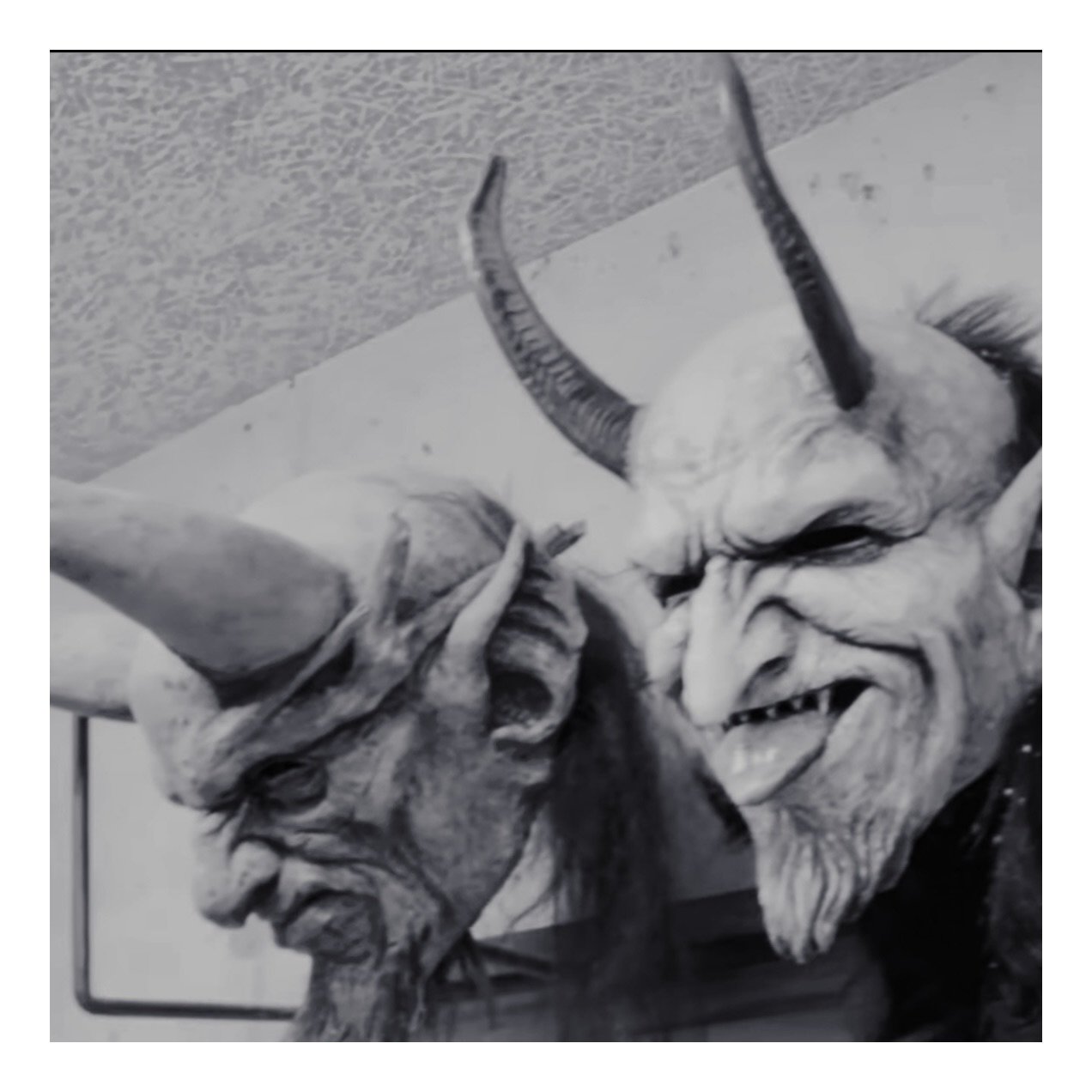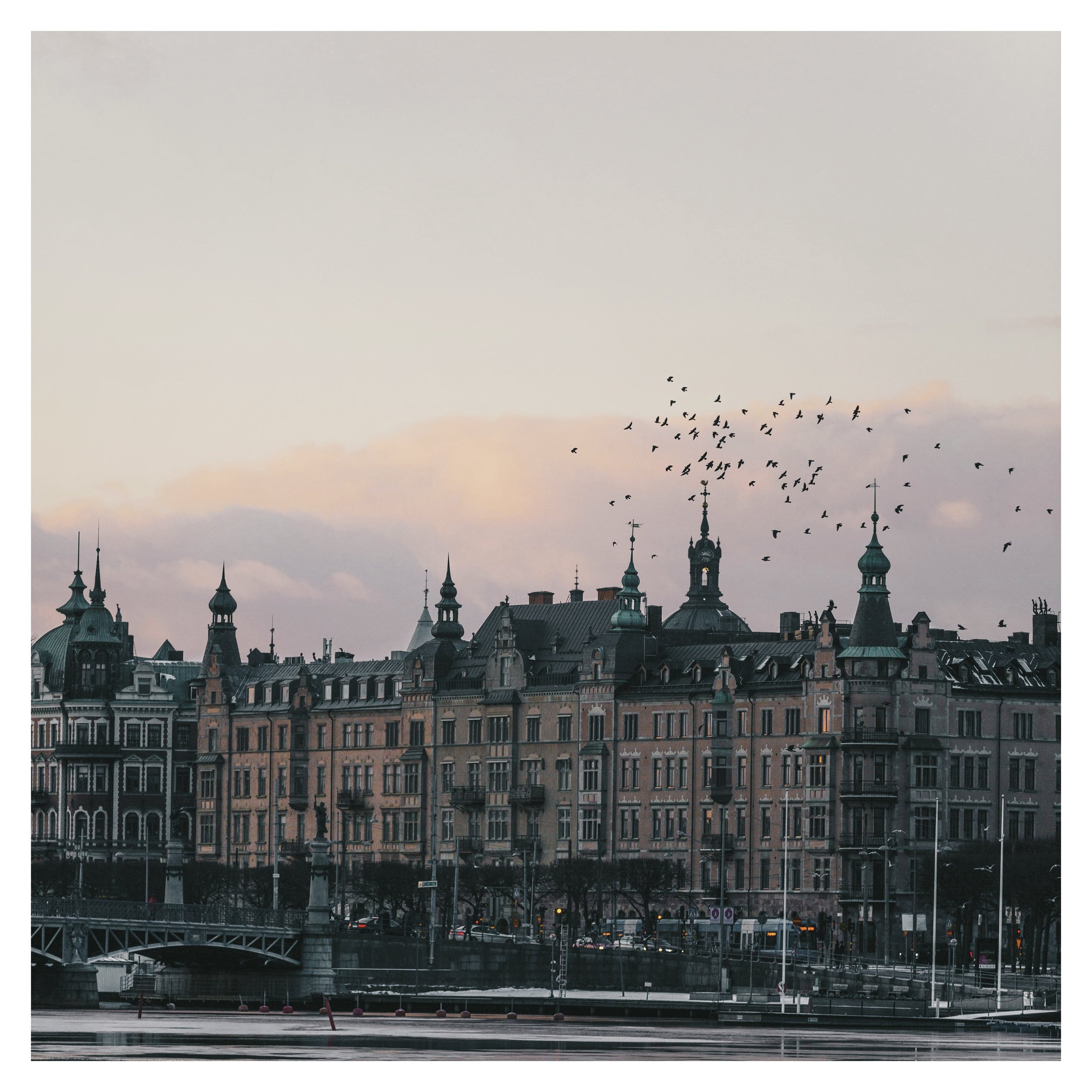My Kiribane's 3-Day Stockholm Adventure: From Ship Life to ABBA Sing-Alongs – And How to create meaningful images out of the trip
Stockholm, you absolute gem. I rolled in thinking I'd conquer your 14 islands in three days, but by the time I left, I was more obsessed with **fika**, ABBA, and taking photos of literally everything in sight than I'd ever imagined. And the cherry on top? I stayed on a yacht. Yes, you heard that right—a yacht. Not just any yacht, though; I called the Mälaren Yacht Hotel my home for this Swedish adventure, and trust me, the views from my floating hotel were worth the occasional wobble.
But let's not get ahead of ourselves—let me take you through how I squeezed every ounce of joy, humor, and calories (thanks, fika) out of my time in Stockholm and how I channeled my inner photographer at every corner.
Day 1: Gamla Stan, Royal Palaces, and Professional-Level Fika
The adventure kicked off in Gamla Stan, Stockholm's Old Town, where the streets are so charming they practically beg you to start snapping photos. Narrow cobblestone streets? Check. Brightly colored buildings that look like they came straight out of a fairy tale? Double check. As I wandered through Stortorget Square, surrounded by historic houses and festive vibes, I realized Stockholm might be the most photogenic city I've ever visited. If you're considering taking pics here, stand back and let the square do the work—it's a natural Instagram star.
But enough about the buildings—let's talk about Fika. After my photo frenzy, I needed caffeine and something sweet to keep me going. Cue Skeppsbro Bageri, a cozy little bakery where I discovered the Swedish miracle, the kanelbulle (cinnamon bun). My advice? Take a photo before you eat it because it will be gone in about 30 seconds.
Next up was the Royal Palace, where I spent the afternoon pretending I was Swedish royalty. I wandered through the State Apartments, soaking in the chandeliers and tapestries that scream, "We're not in IKEA anymore." If you're looking for epic photo ops, make your way to the Tre Kronor Museum, where remnants of the old medieval castle still stand—perfect for dramatic "I'm in a castle" shots.
I ended the day with a sunset walk along Monteliusvägen, a scenic path overlooking the city's skyline. Pro-tip for photographers: The golden hour here is unbeatable. From this spot, you can capture views of Riddarholmen Church and Stockholm City Hall glowing in the evening light. Whether you've got a pro camera or just your phone, this is where you get your postcard shot of Stockholm.
Day 2: Vikings, ABBA, and More Photo Magic
Day two started with me waking up on a yacht like some kind of Scandinavian James Bond (minus the danger and cool gadgets). The Mälaren Yacht Hotel might be my best hotel decision ever. Every morning, I'd step out onto the deck and snap photos of the boats bobbing on the water and the city waking up in the background. Seriously, this is how to do Stockholm.
After soaking in my ship life, I headed to Djurgården for a nature walk along the Djurgården Canal. I took a million photos of the boats, the trees reflecting on the water, and even a couple of charming 19th-century villas that were scattered along the way. I grabbed a coffee and cardamom bun at Rosendals Trädgård, a garden café that's as photogenic as it is delicious. Pro tip: Take your coffee outside and frame it against the lush greenery for an artsy I'm living my best Scandinavian life shot.
But what about a trip to Stockholm without getting a little maritime history? Enter the Vasa Museum, home to a massive Viking ship that sank minutes into its maiden voyage. The Vasa is a masterpiece for photographers—whether you're zooming in on the ship's intricate carvings or going wide to capture its full grandeur, this place is a must for your camera roll.
After reliving Viking history, I quickly turned into pop culture territory: the ABBA Museum, ABBA has a museum, and it's as fabulous as you'd imagine. Picture this: me, singing my heart out to Dancing Queen in a karaoke booth while simultaneously trying to take a selfie with the glitzy, sequined outfits on display. It was pure ABBA madness, and I loved every second.
Dinner on Djurgården was a chilled affair at Oaxen Slip, a waterside bistro serving Swedish dishes with a twist. My inner foodie (and photographer) was in heaven. The food looked as good as it tasted, and I shamelessly snapped pics of every dish as the sun set over the water.
Day 3: Hipster Hangouts and Spa Vibes in Södermalm
Day three took me to Södermalm, Stockholm's trendiest island, where everything is effortlessly cool. With my camera in hand, I wandered through SoFo (South of Folkungagatan), snapping shots of street art, quirky boutiques, and vintage shops. If you're into photography, Södermalm is a goldmine for colorful backdrops and artsy vibes. Oh, and don't miss the cookies at Krümel Cookies & Crumbs—they're chewy, photogenic, and perfect for a snack break between shots.
My afternoon was spent at the Fotografiska Museum, Stockholm's temple of photography. With its ever-changing exhibitions, it was a haven for inspiration, and I spent hours exploring the galleries. The museum café on the top floor also offers one of the city's best views, so naturally, I snapped about 50 photos before I even sat down to eat.
For my last few hours in Stockholm, I decided to fully unwind at Centralbadet, an Art Nouveau spa that's been around since 1904. Between the jacuzzis, thermal baths, and saunas, I was so relaxed I almost forgot to take photos—but don't worry—I got a few shots of the spa's stunning interiors before floating off into bliss.
To wrap up the adventure, I hit up Tak, a rooftop bar with sweeping views of Stockholm's skyline. As I sipped my cocktail and watched the city lights flicker on, I couldn't help but feel a bit like a local—minus the ability to speak Swedish, of course.
Photography Tips for Stockholm:
- Gamla Stan: Focus on the contrast between the cobblestones and brightly colored buildings. Early mornings or late afternoons are best for avoiding crowds.
- Monteliusvägen: Golden hour here is a photographer's dream. The light reflects beautifully off the water and the city's rooftops.
- Vasa Museum: Play around with angles and details. The ship's size is impressive, but the carvings and details are where the real magic happens.
- ABBA Museum: Get creative! Take fun selfies with the costumes and stage setups—don't be afraid to get a little goofy.
- Djurgården: Enjoy the serene nature along the canal and snap photos of the villas scattered throughout the island.
Where to Stay: The Mälaren Yacht Hotel
Forget about hotels on land—Mälaren Yacht Hotel is where it's at. Staying on a ship gives you bragging rights and provides some of Stockholm's best views. Waking up to the boat's gentle rocking and stepping out onto the deck to see the city? Absolutely priceless.
Stockholm's combination of history, culture, nature, and endless photography opportunities made this trip unforgettable. From the ancient streets of Gamla Stan to the hipster cafes of Södermalm, and yes, even from my yacht on Mälaren, Stockholm left me with a whole heart—and a very full camera roll.









































































